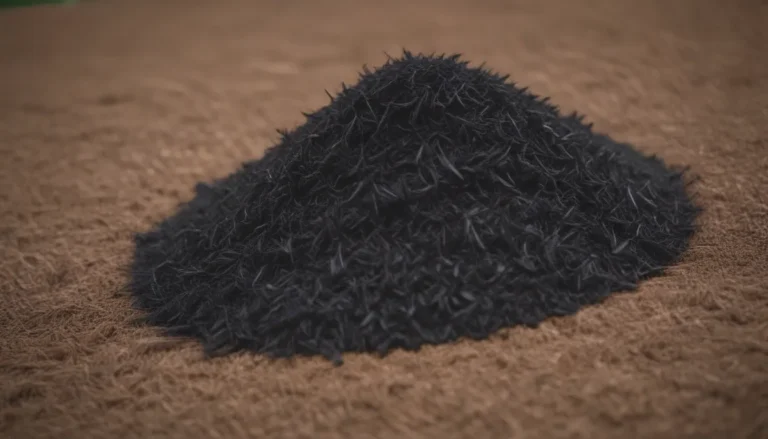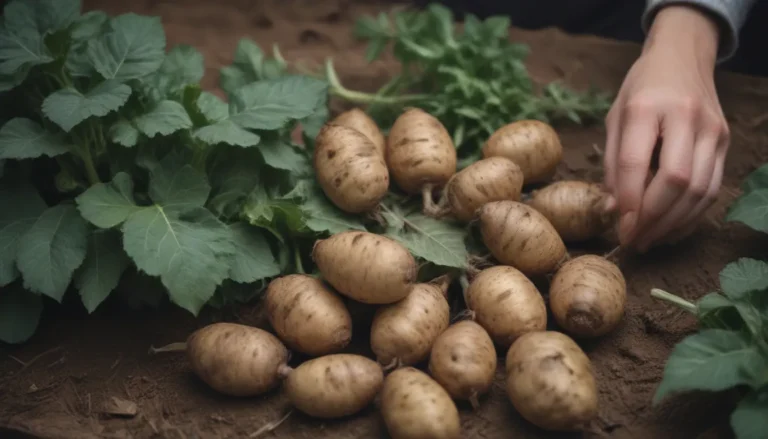The Ultimate Guide to Growing Giant Pumpkins

If you’ve ever marveled at those massive pumpkins at competitions and state fairs and wondered how on earth they got so big, you’re not alone. Growing giant pumpkins takes time, effort, and a little bit of know-how. In this comprehensive guide, we’ll walk you through the steps to growing your own giant pumpkin that’s worthy of prizes.
Getting Started: Time and Space
One of the key factors in growing a giant pumpkin is giving it plenty of time to reach its full potential. Most large pumpkin varieties ripen within about 120 days, so make sure to plant your seeds early in the season to allow for ample growth time. Some varieties may even take a bit longer, so be prepared to invest the time needed.
In addition to time, giant pumpkins also need plenty of space. Once your pumpkins start to grow on the vine, ensure they have room on all sides to maximize sun exposure. A single plant may require as much as 800 square feet of space, so be prepared to dedicate a large patch to your giant pumpkin endeavor. Choose a location with well-draining soil and far from any shaded areas to ensure optimal growing conditions.
Choosing the Right Cultivars
Not all pumpkin varieties are created equal when it comes to growing giant pumpkins. Some cultivars are known for their ability to reach impressive sizes, making them ideal choices for those aiming to grow a record-breaking pumpkin. Here are some of the biggest pumpkin cultivars to consider:
- ‘Prizewinner’
- ‘Atlantic Giant’
- ‘Big Moon’
- ‘Big Max’
- ‘Jaune de Paris’
Keep in mind that while these pumpkins may not be the best for eating, once they exceed 50 pounds in weight, they are perfect for growing giant pumpkins.
Starting Strong: Planting and Pruning
To give your giant pumpkins the best start, plant your seeds in small peat pots in late April. After about two weeks, transplant the seedlings outdoors, making sure to protect them from late spring frost if needed. If you prefer, you can also plant pumpkin seeds directly in the ground once the danger of frost has passed.
As your pumpkins start to grow, it’s essential to selectively prune some of the fruits to redirect the plant’s energy towards nourishing a smaller number of pumpkins, allowing them to grow larger. Experienced growers recommend waiting until the pumpkins reach the size of a baseball before choosing three or four fruits with the best overall shape and snipping the rest.
Nourishing Your Pumpkins
Proper fertilization is crucial for growing giant pumpkins. Prepare the soil before planting by broadcasting granular fertilizer and working it in below the surface. Once fruits start to form, a mix of nitrogen, phosphorus, and potash can be applied every two to three weeks throughout the growing season. Alternatively, foliar fertilizers or water-soluble fertilizers can also be used to ensure your pumpkins receive the nutrients they need to grow to their full potential.
Watering Wisely
Pumpkins are heavy drinkers, especially as they start to put on size. Water your pumpkins when the soil by the center of the plant feels dry, making sure not to overwater. Aim to keep the soil moist but not wet to avoid waterlogged roots and other issues that may stunt pumpkin growth.
Pruning for Success
Properly pruning your pumpkin vines is essential for helping your giant pumpkin put on size. With three different types of vines—main, secondary, and tertiary—it’s important to check your pumpkin daily and prune as needed to prevent overcrowding and ensure optimal growth conditions. Remember, the key to growing a giant pumpkin is selecting the right variety and providing it with plenty of space, sunlight, water, and nutrients.
In conclusion, growing giant pumpkins is a rewarding but challenging endeavor that requires time, patience, and attention to detail. By following the tips outlined in this guide and selecting the right cultivars, you can increase your chances of growing a prize-worthy giant pumpkin that will impress friends, family, and judges alike. Happy growing!





